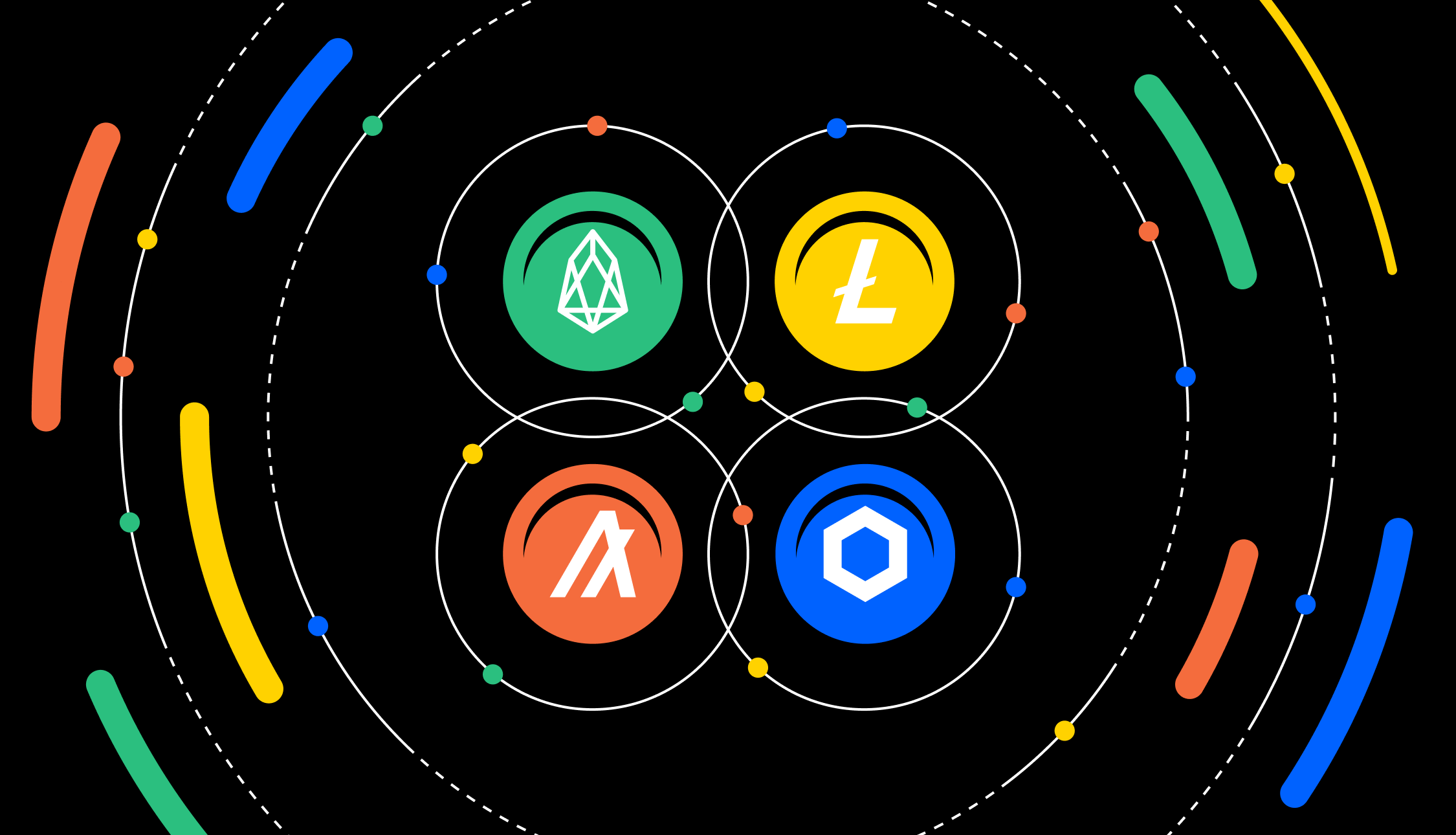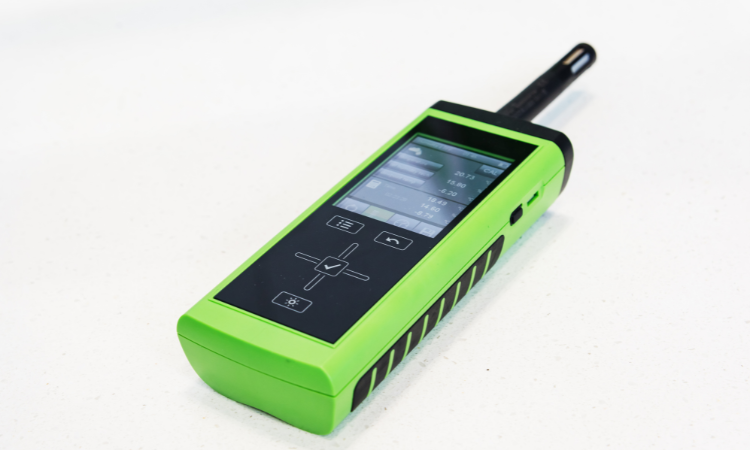Whether you’re new to the world of cryptocurrencies or a pretty experienced investor, there’s much to learn about DeFi; the hottest unique digital asset everyone is talking about.
This post will explain the history of DeFi, how to engage in it, and the one tool that will allow you to track it with the rest of your portfolio.
What Does Distributed Finance Entail?
DeFi is a financial system based on blockchain technology and smart contracts.
Decentralized finance employs open protocols to programmatically and flexibly execute financial services without centralized intermediaries or organizations. It is an economic good that includes apps and “protocols” that are autonomous computer programmes based on blockchain and managed by smart contracts.
Smart contracts are digital, code-based agreements that execute and contain the terms of a contract automatically. Their capability enables transactions between anonymous parties that are untraceable and irreversible.
Decentralized and non-custodial DeFi applications aim to upend the traditional financial system. Developers maintain decentralization by giving their users ownership of the protocols and applications of smart contracts, thereby producing community-owned assets.
As smart contracts are digital codes, attackers can hack them easily. So, hiring a reputable Defi smart contract development company is always the best idea to get safe and smart contracts.
The Origin of DeFi: Reasons Behind IT
DeFi projects are based on blockchains, a decentralized method, autonomous networks. Blockchains also power the technologies that enable DeFi, such as tokens and wallets, smart contracts, DAOs, and the like.
Similar to how cryptocurrencies brought alternatives to fiat currency, DeFi introduced alternatives to conventional financial services. DeFi puts the user in command of their assets and eliminates intermediaries, whereas CeFi gives control to established businesses.
DeFi, for example, decentralizes lending so that those who lack access to conventional banks can still acquire loans from a credible source.
Despite the inherent hazards of such an innovative and ground-breaking concept, DeFi can serve as the basis for a more efficient, adaptive, transparent, and importantly equitable financial future.
How does DeFi Operate?
Currently, Ethereum underpins the bulk of DeFi applications and protocols.
Ethereum is an evolution of the underlying technology and philosophy of Bitcoin. Ethereum is a global, decentralized (not owned or administered by a central authority) technology network that enables protocols and applications that utilize smart contracts. Like Bitcoin, Ether is Ethereum’s native cryptocurrency. You can trade or mine them on a cryptocurrency exchange.
What Are DeFi Coins and Tokens?
DeFi coins and fiat currencies reside on the blockchain, a publicly accessible distributed ledger. Each coin has a predetermined value. That’s why you can trade them easily on a platform for a particular object. Despite their similarities, a platform can consider a token more of an asset than a currency. Maker, Compound, Uniswap, Aave, Chainlink, and Ankr are famous DeFi coins.
A DeFi token transaction, on the other hand, is dependent on smart contracts due to the absence of its blockchain; smart contracts operate on the blockchains of other coins. Even though Ether is Ethereum’s native token, several tokens can work on its network.
Similar to coins, tokens can symbolize value, though not typically in a monetary sense. Non-fungible tokens (NFTs), for instance, constitute unique digital assets and utility tokens that can function as passwords to access a resource. Stablecoins are one of a category for this.
In a nutshell, coins and tokens differ in their utility and due to method take places to complete the transactions. For example either via a blockchain or smart contracts. Investors can select which asset to use when acquiring a DeFi product or service if they know its distinctive attributes.
Steps to Start Investing in DeFi
Set Up Your Wallet
The initial step is choosing a cryptocurrency wallet. Because you can store, transmit, and receive DeFi coins using your wallet. Popular wallet, exchange, and browser extension for cryptocurrencies. It supports Ethereum and can connect users to multiple DeFi protocols, making it an attractive option for DeFi investors.
Purchase DeFi Coins
Investing in a specific coin is contingent on the protocol in which you choose to participate. Investing requires BNB coins basically as the technolgy stack used for BullPerks development is BSC network. You can purchase BNB instantly on Binance exchange platform.
Take Part in the Protocol of Your Choice
Lending and borrowing are as essential to DeFi as our current financial system. Nonetheless, one of the advantages of DeFi is that it allows its users to borrow and lend assets without surrendering their currencies. The compound is one of the most common among the several procedures that will enable loans and borrowing.
The Best DeFi Coins on the Market in 2022
Maker (MKR): So, a decentralized autonomous organization (DAO) based on Ethereum that allows anybody to lend or borrow bitcoin.
SushiSwap (SUSHI): SushiSwap is an Ethereum-based token and platform that leverages the Automated Market Maker (AMM) to facilitate decentralized cryptocurrency exchange.
Aave (AAVE): An open-source, non-custodial system that enables users to earn interest on deposits and borrow crypto-based assets.
Compound (COMP): Compound is an Ethereum-based protocol that lets users deposit coins into lending pools that borrowers can access.
AMMs: Therefore, permiting AMMs practically anyone to generate or contribute liquidity to trading pools while earning variable trading fees.
Why DeFi is Future – In Conclusion
In the end, the future of finance consists of DeFi applications produced by an experienced and recognized DeFi token development company. It ultimately creates tens of thousands of chances that provide millions of people worldwide access to essential financial services, free from the prejudices of our current economic system.



